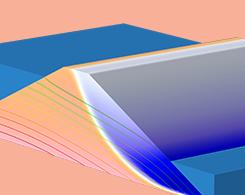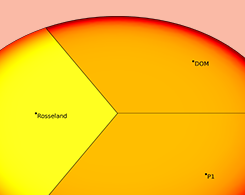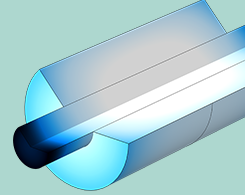Latest Posts

Analyzing Slope Stability Through the Shear Strength Reduction Method
Dams that are poorly designed or constructed are likely to fail. However, geotechnical engineers can account for the stability and reliability of a dam long before the structure is even built.

How Does Sand Move on Mars? A Planetary Geology Question
There are a lot of sand dunes on the red planet. Studying how sand and sediment moves on Mars may help scientists better plan exploratory missions.

Analyzing Topology Optimization of a Photoacoustic Spectroscopy Cell
Signals generated via photoacoustic spectroscopy are often weak and difficult to detect. Acoustic cells can be used to amplify the signal, but they need to be designed with sensitivity in mind.

Happy Birthday, Esther M. Conwell
Esther M. Conwell’s list of accolades is almost as long as her list of accomplishments in semiconductor research. Just as impressive, this physicist inspired a new generation of STEM learners.

4 Methods to Account for Radiation in Participating Media
The discrete ordinates method, P1 approximation, Rosseland approximation, or the Beer–Lambert law: Which should you use to analyze heat transfer in participating media?

Understanding the Drug Reaction Kinetics of Nerve Guides via Modeling
Ever had a pinched nerve? Nerve guides repair this type of damaged nerve cell tissue. To design safe and reliable nerve guides, we can use simulation to understand their drug reaction kinetics.

Electrode Balancing of a Lithium-Ion Battery with COMSOL®
Electrode balancing is an important consideration for battery cell engineers. Get an overview and mathematical framework of this phenomenon and learn how to analyze it in a lithium-ion battery.

Evaluating the Impact of Bearing Misalignment on Rotor Vibration
Bearings are found in devices ranging from MEMS and turbines to electric motors and even ships. How we account for a bearing’s misalignment (and the resulting rotor vibration) depends on its use.
